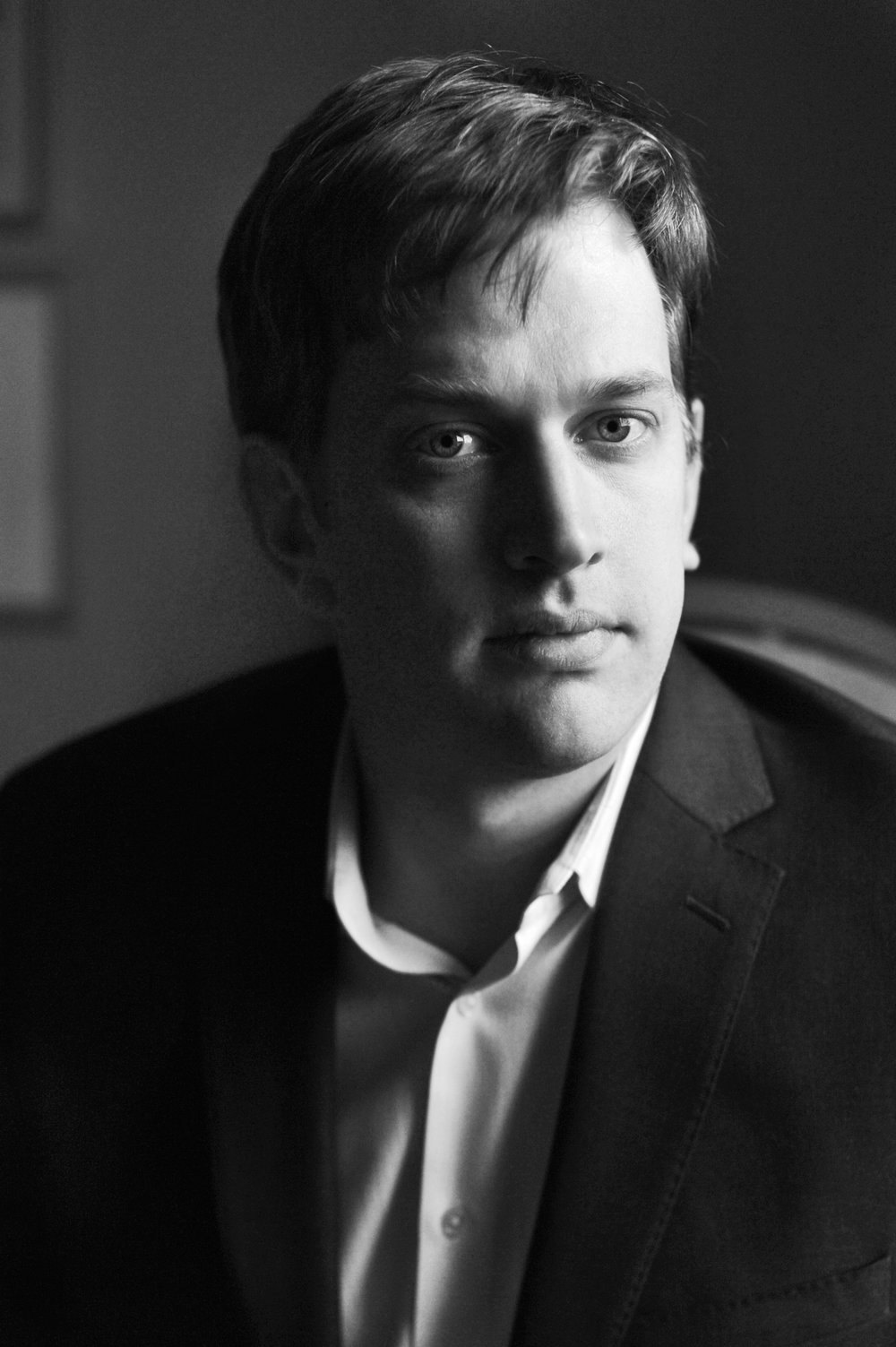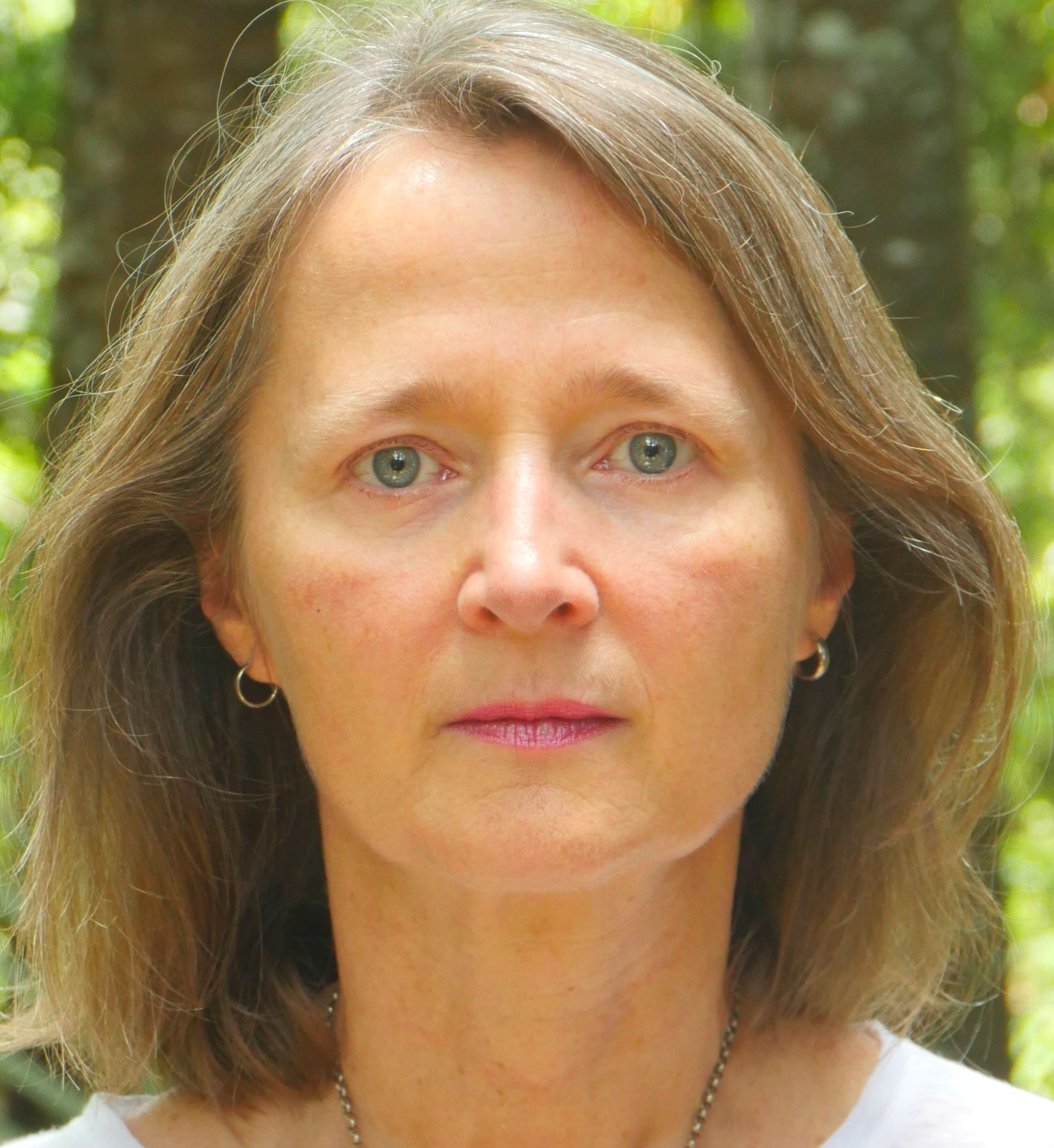On Tolkien, Menus, and Claves
“Tolkien’s Creation of the Impression of Depth” (2014) by Michael D. C. Drout, Namiko Hitotsubashi, Rachel Scavera reminded me of using Lexos to find record keeping sections of texts within medieval guild texts which were distinctly different than the prose and verse of a medieval compendium. Keeping “Tolkien’s Creation” in mind, how then did the record keeping texts give the overall compendium of texts depth? They did two things for us as novice researchers. First, they provided a level of credibility such that our minds realized for certain that this was a real history written by a scribe (as if in an office separated only by the distance of time?). Second, the level of authenticity associated to accounting and money transferred from the record-keeping texts to the romance novels that we were searching. It gave us a sense that the Middle Age words, even though foreign in their spelling and pronunciation, were words written by people that felt what the words meant.
This led me to question how we come to know anything new to us. Do we go into a new job as if it is a building full of mirrors; blank referents without anything except memories of our own to fill? Are we always walking through life with the mirrors of our previous knowledge that fill the spaces around us such that our preconceived ways prevent us from experiencing the new? Is the filling and refilling of referents a process amenable to modification? Can studying literature help us understand how we exchange our quasi-referents for what we will? What is my personal comfortable level between knowing and not knowing anything?
So, I wondered further about a book that I’m reading by Foucault: The Order of Things (1970). He prefaces it with a section that talks about a Borges passage wherein a “‘a certain’” Chinese encyclopedia’” in which it is written that ‘Animals are divided into (a) belonging to the Emperor, (b) embalmed, (c) tame, (d) sucking pigs, (e) sirens, (f) fabulous, (g) stray dogs, (h) included in the present classification, (i) frenzied, (j) innumerable, (k) drawn with very fine camelhair brush, (l) et cetera, (m) having just broken the water pitcher, (n) that from a long way off look like flies’” The classification by enumeration is the only thing that seems to make sense. But, the heterogeneity of the disassociated referents listed produces a “‘loss to what is “common” to place and name” (xix). And further according to the author, “heterotopias [such as this Borges quote] desiccate speech, stop words in their tracks, contest the very possibility of grammar at its source; they dissolve our myths and sterilize the lyricism of our sentences” (xviii).
Whereas, according to the authors of “Tolkien’s Creation,” “[t]raditional referents are thus often efficient ways of solving problems of the interlinking of form and content” (174), the text of Borges appears at first a categorization preventing referents from connecting to one another. Yet there is the reference to a Chinese dictionary that lists things as such. Therefore, the narrator references China as culturally similar to the above categorization. The point that I want to make about reading “Tolkien’s Creation of the Impression of Depth” is that Borges’s quote rests at a value related to how close a referent may be to a traditional referent. In Borges’s case, the referents listed weren’t merely broken, they dissolve or prevent “efficient ways of solving problems of interlinking form and content.” This made me want’ to add the term of anti-referent to the various types of referents. Or, in other words, anti-referents would be referents that have a value of absolute resistance to becoming referents; proportional to the unorderly way the images collate in the mind. To me, then Borges establishes a cultural view of China as a place that is beyond categorization in our western sense of order: it is culturally anti-referent to the way we understand things. As Foucault says, “There would appear to be, then, at the other extremity of the earth we inhabit, a culture entirely devoted to the ordering of space, but one that does not distribute the multiplicity of existing into any of the categories that make it possible for us to name, speak, and think” (xix).
This made me think of the first essay that I read for this week "Against Cleaning" and Anna Lowenhaupt Tsing’s "On Nonscalability." So what can be determined to be scalable, or like the way I’m thinking, put into an automated process such as Lexos? Could a program or Lexos locate within Borges’s texts the heterotopias or for that matter the menus that are nonscalable in “Against Cleaning?” Would these things show up as lexomic claves?
In “Tolkien’s Creation” the authors noted what they determined by typical literary analysis, things such as stylistic differences, poetic interpolation, pseudo-references, broken references, “anaphora, alliteration, rhyme, polysyndeton, parataxis octosyllabic rhyming couplets, and repetition . . . There are passages, short strings of sentences, individual sentences or even single clauses which read as if they were poetry adapted to prose” (184-85). How much of critical literary research may be automated? Were the authors suggesting that the effective use of lexomics and to a large part Digital Humanities is for determining authorship and wildly differing portions of text rather than the subtleties of literary analysis? I know better, but since the authors never mentioned exactly what machine learning could and couldn’t do I became suspect.
Processing massive amounts of texts warrant more specialized programming such as in the “Against Cleaning” menu project, whereas the study conducted in “Tolkien’s Creation” warranted the processing by the Lexos pre-existing software for a single particular purpose. The authors made an appropriate choice of machine learning and standard critical literary analysis. The nuances of style related to a research project, versus the effort to write or find software that could analyze what you are looking for is always a compromise. Without being explicitly programmed, machine learning produced statistical analysis appropriate to the way the authors of “Tolkien’s Creation” achieved their goals. Each DH project must be evaluated according to its needs.
Here is the Dendrogram that shows the accounting/record-keeping in the latter sections of Common Place Books when compared with Canterbury Tales.






